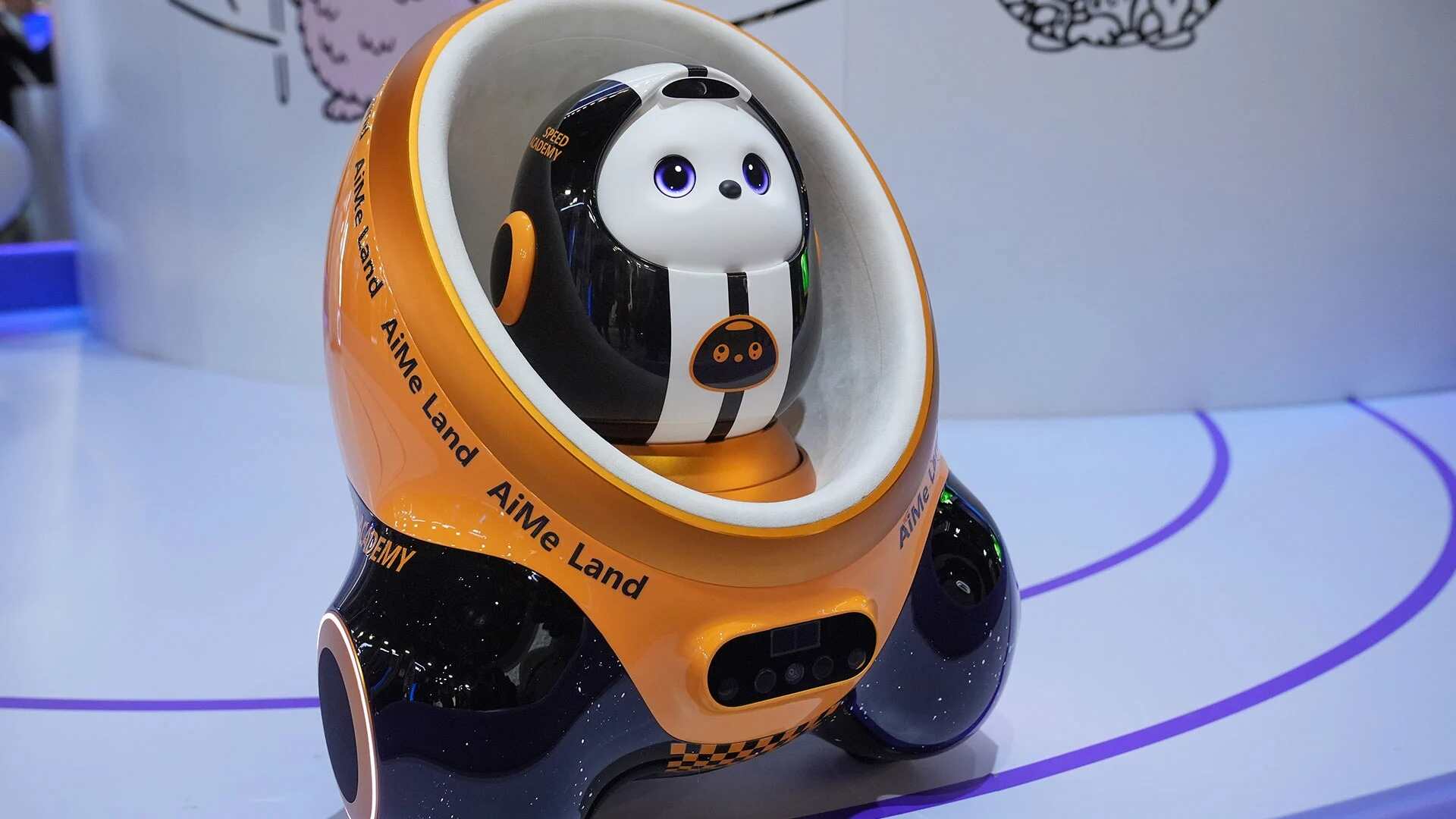- | 9:00 am
Say goodbye to static user interfaces
The future is generative interfaces, which evolves based on user interactions and preferences.

What if the apps and websites you use every day adapted to your needs in real time? If they instantly generated the exact content and functions you need, when you need them?
You’ve heard of generative images and generative videos. Now, say hello to generative interfaces—the most significant shift in human-computer interaction since Apple introduced the touchscreen phone.
With the advent of AI, for the first time in history our technology is going to learn how to adapt to us, rather than forcing us to adapt to it.
What are generative interfaces?
Generative interfaces are a new class of digital experiences where the layout, functionality, and content are dynamically generated in real time to meet individual user needs. Unlike traditional static interfaces, which are predesigned and rigid, generative interfaces use advanced AI to adapt and evolve based on user interactions and preferences.
They are based on blocks—small, modular components of an experience, whether content, function, or user interface (UI)—that can be dynamically assembled and adjusted in real time by AI. These blocks allow the interface to adapt seamlessly to each user’s unique needs and preferences, leveraging a modular approach that reduces fragmentation and creates an interface that evolves with the user. The result is a highly personalized, wildly efficient digital experience.
What do they look like in action?
Imagine you’re exploring the NASA app, reading about the discovery of water on another planet. Wanting to learn how far away this planet is, you simply long-press on the content and verbally ask, “Where is this?” The written answer appears in-line, directly in your current article, informing without breaking your flow.
Then, you wonder why discovering water is so significant. Circling the water on the image of the planet, you ask your question. The interface responds, with the page dynamically providing the answer you’re looking for.
This new form of experience enables you to follow your curiosity and get the answers exactly when you need them without ever having to break your flow. And the applications are infinite.
Thinking about buying a new car? Your pulse probably quickens at the thought. With so much to consider, learn, and understand, it’s no wonder 61% of Americans feel overwhelmed by the very idea. You start by reading a review of a particular model and want to check its safety ratings. Instead of jumping between websites and drowning in open tabs, you simply long-press and ask. The safety ratings pop up right there, exactly where you need them.
Later, you’re browsing flights to New York City and notice you’d be flying out of LaGuardia. You’re unsure about the commute from DUMBO, so you highlight the text and question it. Instantly, a map with the best route appears, guiding you without disrupting your planning flow.
Why are generative interfaces so profound?
Generative interfaces flip the script on human-computer interaction. Until now, we’ve had to learn how to use our technology. Now, our tools are adapting to us, meeting our needs exactly when we need them.
They’re inherently transforming how we interact with digital experiences, making complex tasks simpler and more intuitive. This fundamental shift empowers us, making humans more informed, efficient, and confident.
Generative interfaces are about to become a staple of our modern digital experiences, and we will look back fondly on a time when the words we read and experiences we interacted with were static.
The real winners will be those with the vision for how to harness to better meet their users’ needs.
Those who can deliver answers in the moment, maintain seamless interactions, and design experiences that feel natural and intuitive will not only stay ahead but redefine what’s possible. In a world where our tools adapt to us, the possibilities are endless—and the future belongs to those who embrace it.
Peter Smart is chief experience officer and managing partner at Fantasy.







































